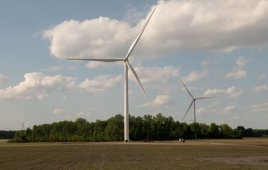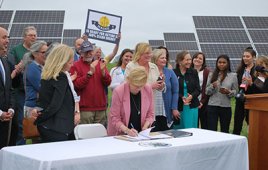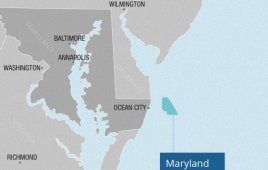This article comes from law firm Morgan Lewis & Bockius LLP and is authored by J. Daniel Skees.
In response to concerns that the ability of the electric system to provide frequency response following a system disturbance is falling across the United States, the Federal Energy Regulatory Commission (FERC) changed its generation interconnection requirements on February 15. Frequency response is, generally speaking, the ability of the system to quickly return to 60 Hz frequency following a system event such as the sudden loss of a generator. If frequency is not immediately corrected, over- or under-frequency events can occur, which would lead to more and more facilities tripping out of service. The ability of the bulk electric system to provide frequency response is therefore critical in order to avoid cascading outages.
Under the revisions to the pro forma Large Generator Interconnection Agreement (LGIA) and the Small Generator Interconnection Agreement (SGIA), nonsynchronous generators (typically renewable generation) will for the first time be required to have equipment that enables the generator to provide frequency response. Previously, only synchronous generators were required to have that capability because of concerns that nonsynchronous generators were not technically capable of providing that service. FERC found that with recent technological developments there is no longer a reason to treat synchronous and nonsynchronous generation differently on this issue.
The new requirements will apply only to new interconnection agreements, including those driven by changes at an existing generator that necessitate a new interconnection agreement.
Filed Under: Uncategorized





